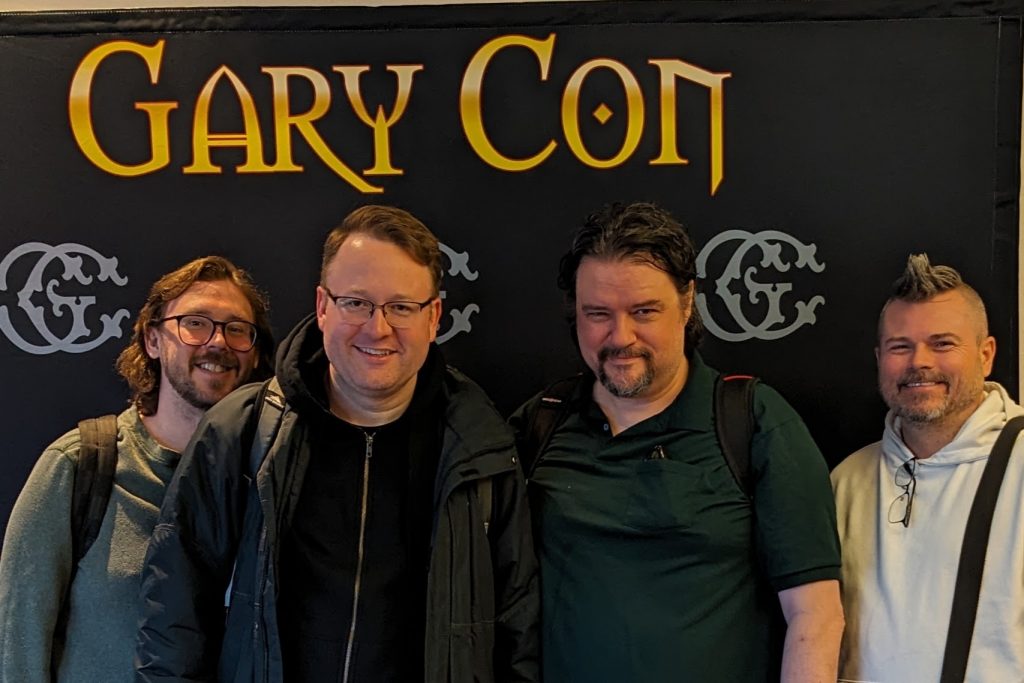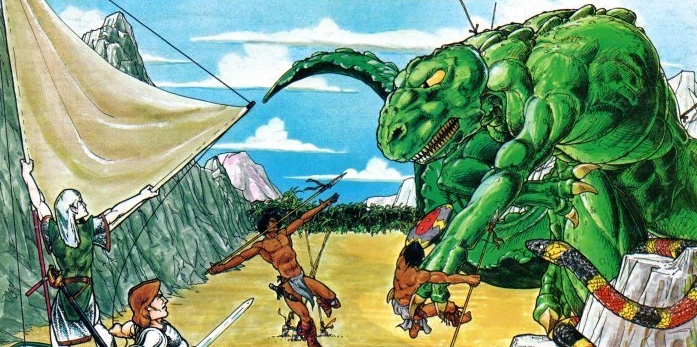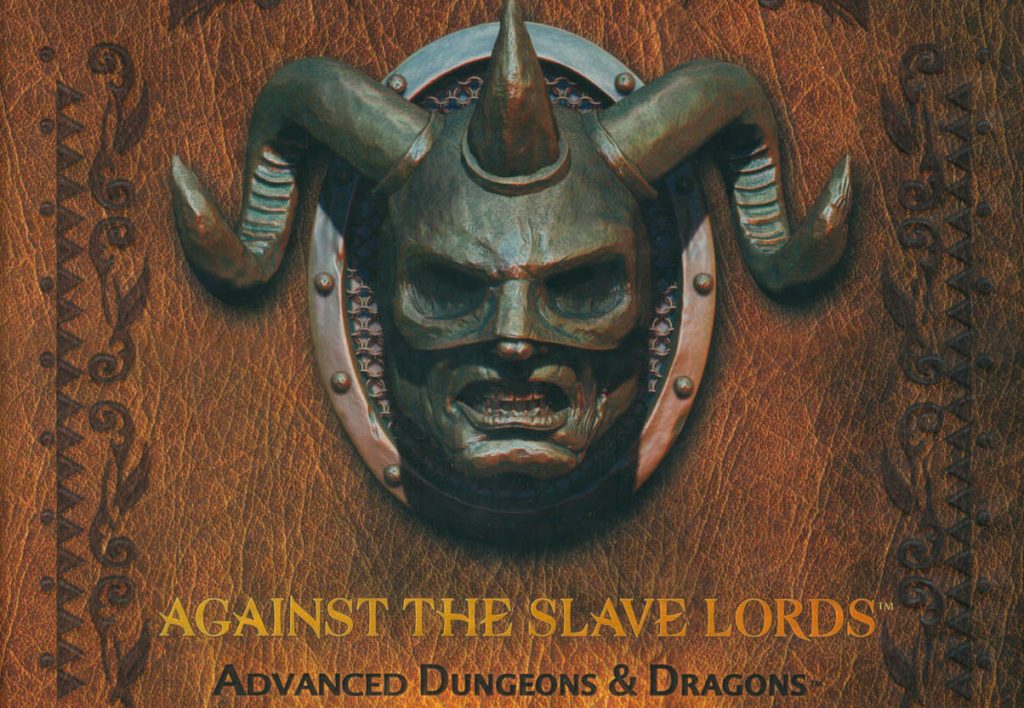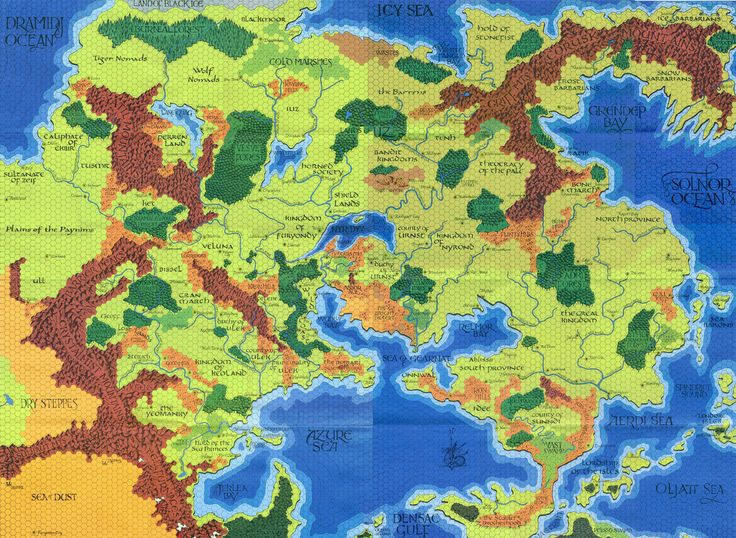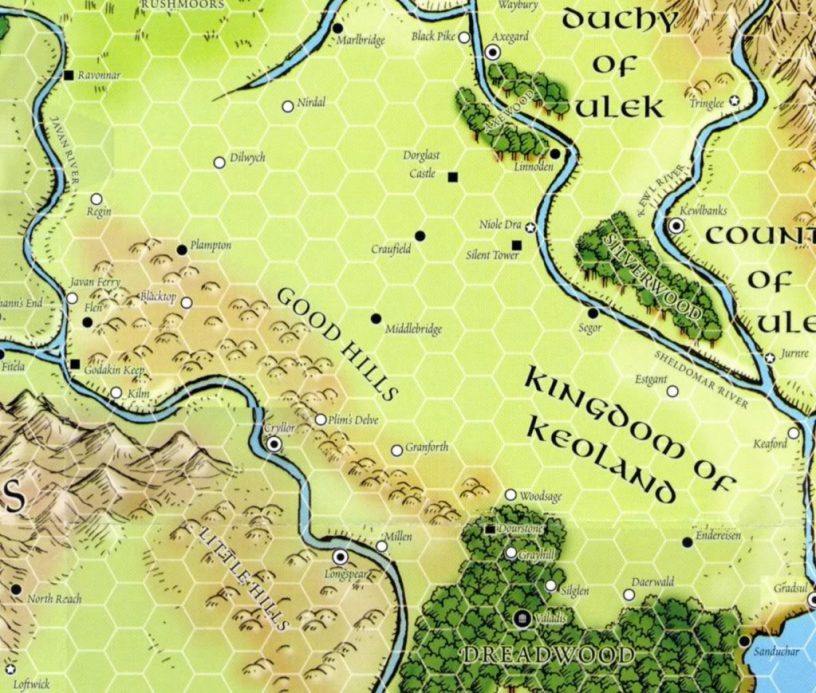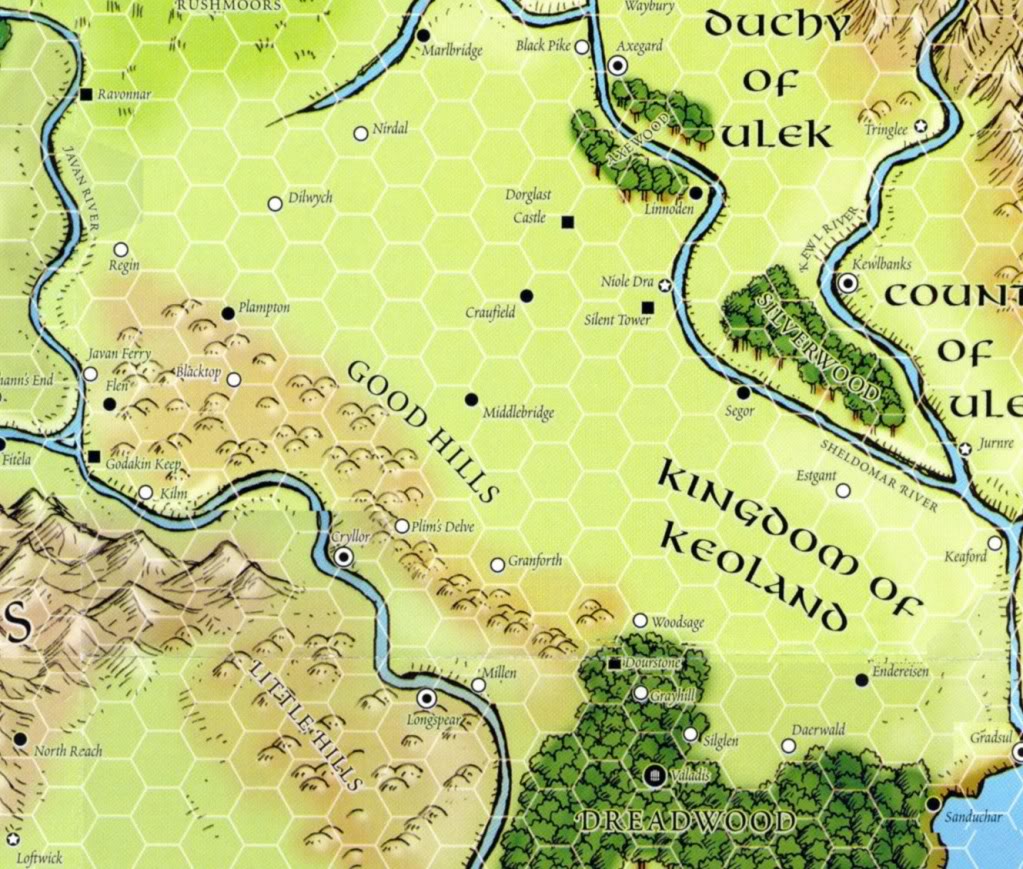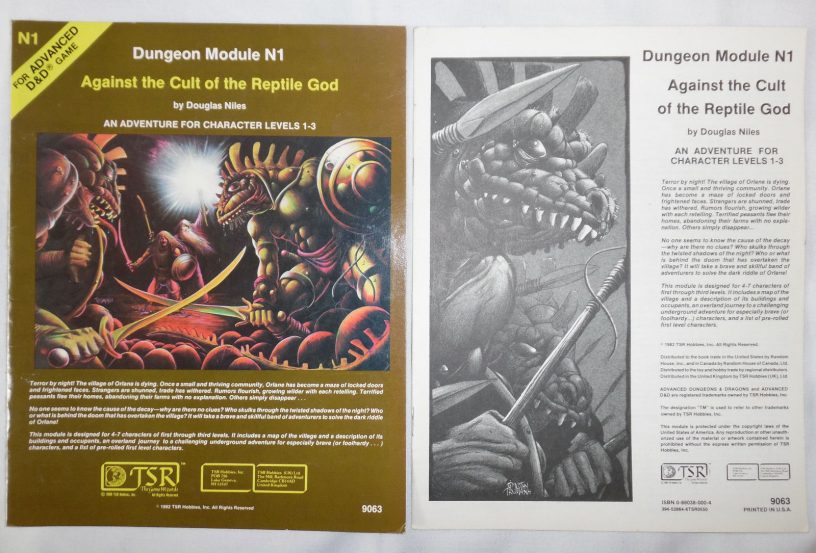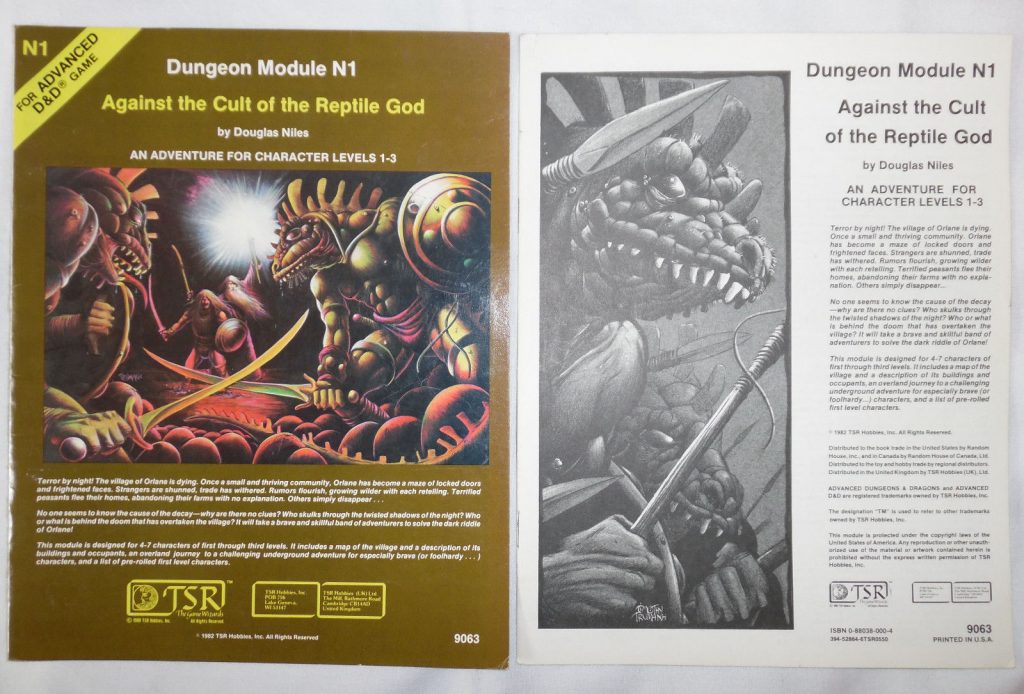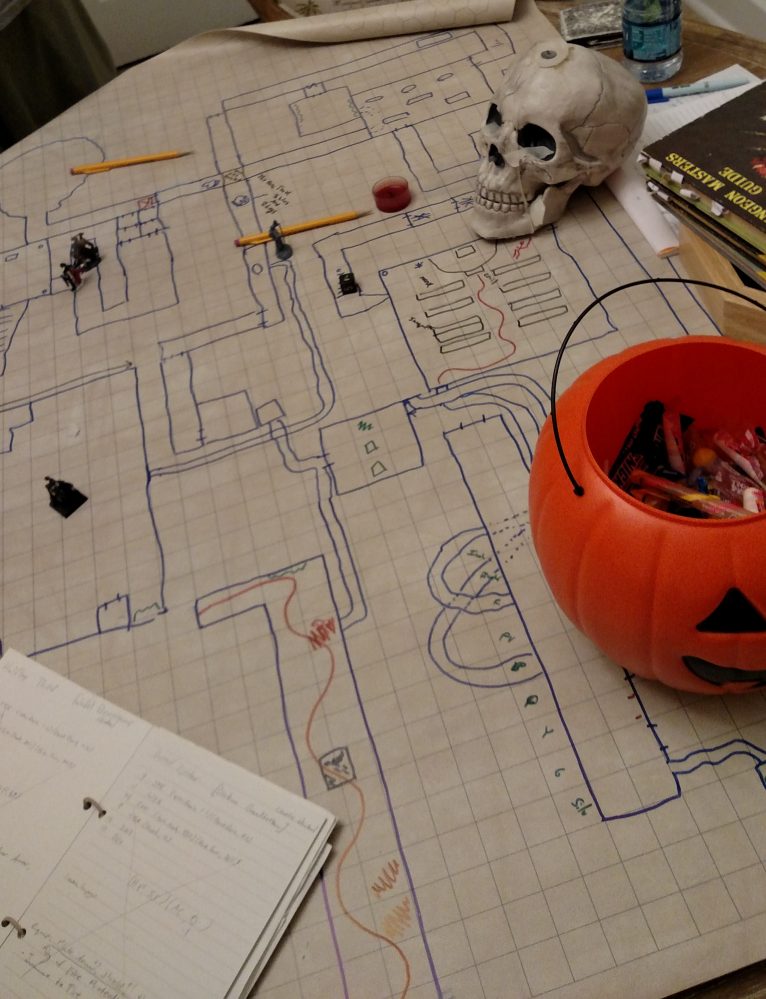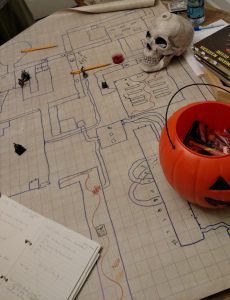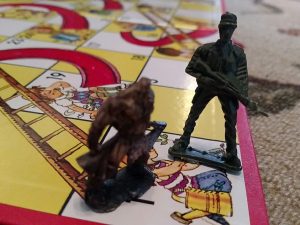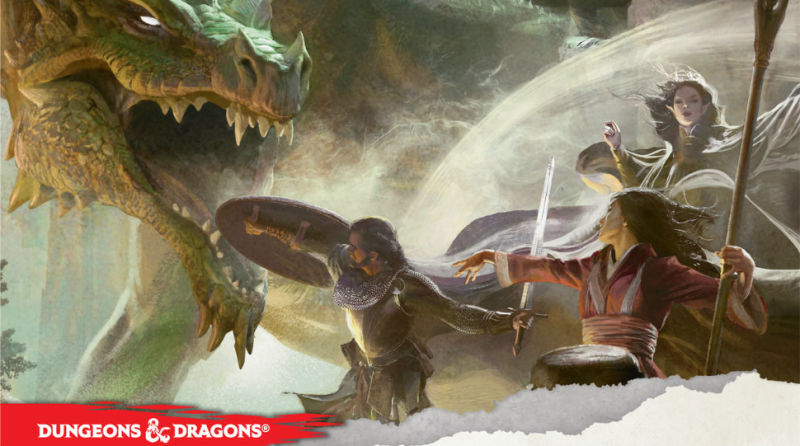
“Withering Woods” is a D&D 5e adventure module for low-level characters written by Þorsteinn Mar Gunnlaugsson for Swedish game publisher, Riotminds. Part of their new Fantasy Adventure Series, it was included in their Kickstarter for Into the Wild, a wilderness exploration supplement for 5e. Based upon their current DriveThruRPG offerings, I would imagine this will eventually be available for purchase there. It may still be available for late pledges here.
Here’s my non-spoiler review (more for GMs later!). I really enjoyed reading Withering Woods and could see myself running the adventure with some modifications. The module focuses on the village of Shallowford, surrounded on all sides by a majestic wood called the Cobweb Forest (not foreboding at all!). Shallowford is a haven for rangers, druids, and wilderness adventurers of all sorts. As players get to know the NPCs in town, they soon learn of strange events that may (or may not) be connected. The investigation begins…and will inevitably lead into the depths of the forest.
Continue reading
